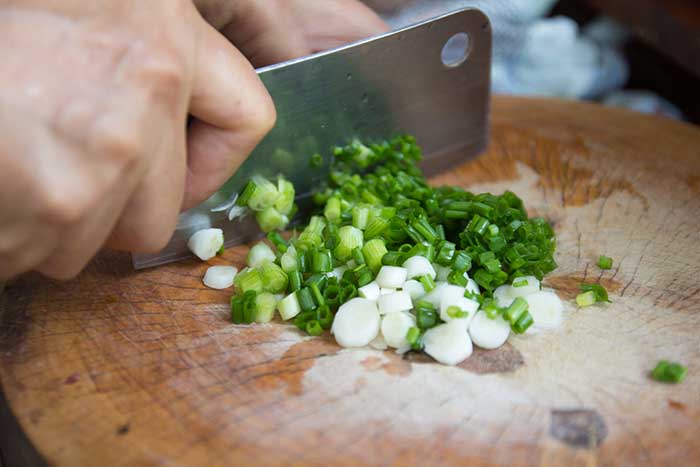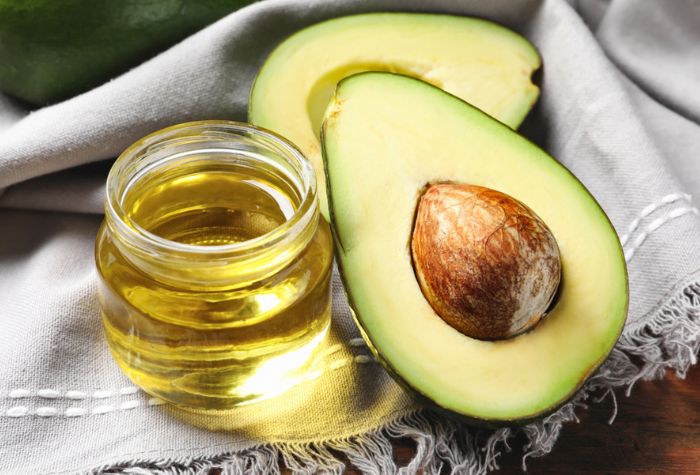What’s the best way to peel sweet potatoes to shed that skin while retaining their earthy-sweet flavor? Whether you’re rustling up roasted cubes or homemade fries, this is how to easily peel sweet potatoes.
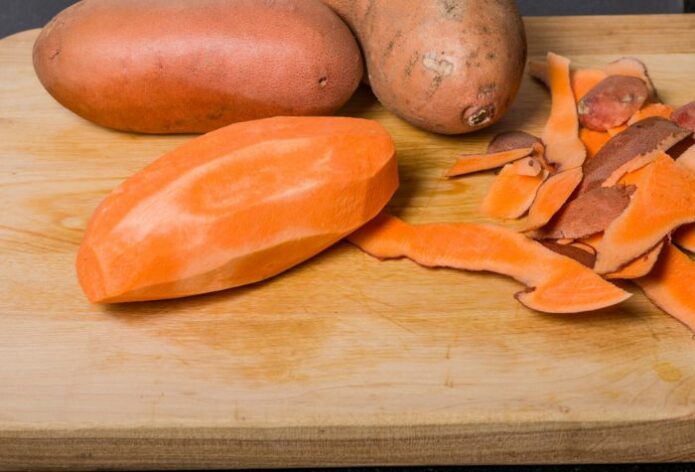
With their unique mildly sweet flavor and amber hue, sweet potatoes deserve a place among your repertoire of home-cooked dishes. Whether for casseroles, fries, or just as a simple side dish, this versatile root vegetable offers something for everyone.
But the first hurdle is getting rid of that skin. This rough and tough outer layer can be hard to digest, and it just gets in the way. But how can we do this easily, quickly, and with minimum effort? We’ve got you covered.
Whether you’re preparing slices, batons or cubes, discover how to peel sweet potatoes today.
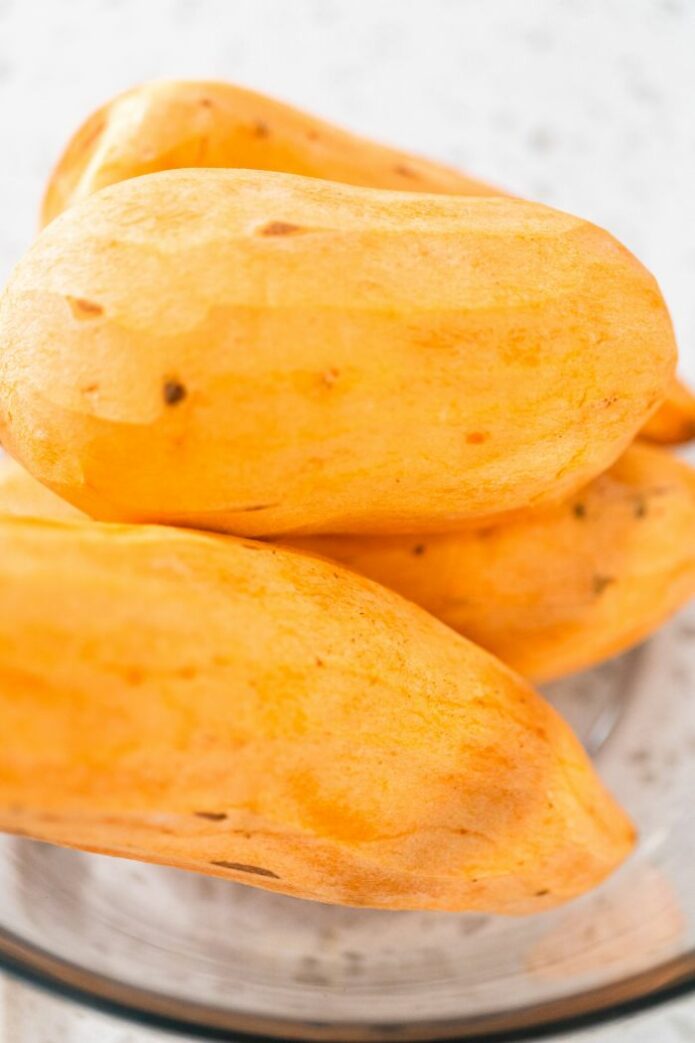
Peeled vs. Unpeeled Sweet Potatoes: What’s the Difference?
First of all, sweet potato skins are definitely edible, so you don’t need to remove the peel if you don’t want to. In fact, leaving the skin on can add a big kick of nutrients as research suggests the peels are great for increasing fiber intake—hello, healthy gut! Plus, the skins are rich in antioxidants and vitamins like vitamins C and A.
So, if you’re eating sweet potatoes for the nutritional benefits and you’re not too fussed about the taste and texture of the skin, there’s no reason to remove it.
However, the skin of sweet potatoes can be relatively hard and uncomfortable to eat, especially with certain cooking methods like roasting or air frying. Plus, if you’re mashing your sweet potatoes as a puree or for younger children, having chunks of skin in the mash can be unappetizing and ruin the appearance and taste of your dish.
Because of this, it can be worth adding that extra step in your preparation to ensure all the skin is removed.
Cleaning
Before you peel the sweet potatoes, you want to make sure they’re thoroughly washed. Most sweet potatoes sold in the supermarkets are relatively clean but you’re likely to find some mud or dirt that’s accumulated in the crevasses.
Making sure each sweet potato is as clean as possible before peeling means you won’t get dirt all over your potato once you start the peeling process.
As a general rule, you only need to clean your sweet potatoes under cold or lukewarm water, while running your fingers across the surface to loosen chunks of dirt. A special brush isn’t required unless your sweet potato is extremely dirty or muddy.
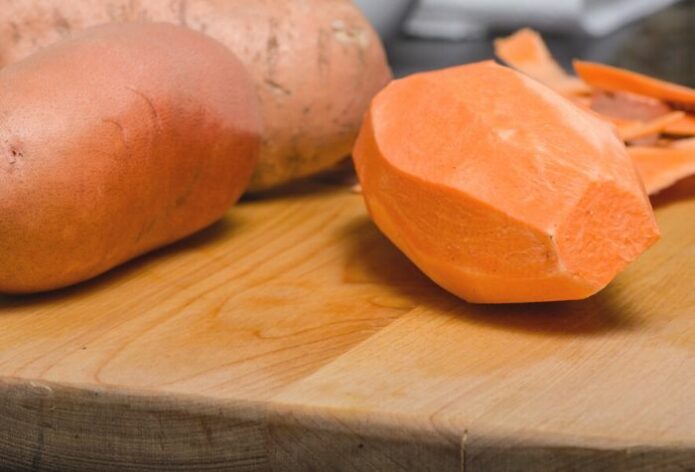
How to Peel Sweet Potatoes
You can peel sweet potatoes before they’re cooked (so right after the cleaning process, when they’re raw) or after they’re cooked. Do note that peeling cooked sweet potatoes is much easier than peeling them when they’re raw. For example, roasting sweet potatoes in the oven or air fryer leads to a soft center and a slightly inflexible and hard outer skin, making it easier to peel compared to sweet potatoes that haven’t been cooked at all.
Peeling Uncooked Sweet Potatoes
This is the most common way of peeling sweet potatoes as the potato is hard, cool, and easy to hold, making it straightforward to maneuver a vegetable peeler around. You’ll need a vegetable peeler, chopping board or other level surface, and a paper towel or cloth.
- After cleaning the sweet potato, dry it gently with a cloth or paper towel.
- Slice off a small section on the bottom of the sweet potato. This is to remove the roundness so it can rest on the chopping board or your counter.
- Push down on your sweet potato and hold it steady.
- Press the vegetable peeler into the sweet potato and with outward movements, gently scrape the skin off. Start slow and somewhat gentle—you can always increase the speed and pressure as you get used to the motion.
- Move the sweet potato around until the skin in all sections has been removed.
If you don’t own a vegetable peeler, don’t worry as you can still peel a sweet potato without a peeler. Simply use a small paring knife to gently work your way around the skin. Don’t use a knife that’s too big as this can lead to bigger chunks of the sweet potato being removed—or even accidents due to the weight of the knife.
Peeling Cooked Sweet Potatoes
Baking sweet potatoes in their skin can actually be beneficial as it leaves a protective layer around the center, leading to caramelization and a beautifully sweet flavor when you cook the sweet potatoes further after they’ve been peeled. Also, once baked, the skin of the sweet potato loosens from the inner filling, meaning it’s easy to peel without much hassle.
When you’re peeling cooked sweet potatoes, it’s important to cool them completely before touching them with your hands. Potatoes can be deceptive and hold onto a lot of heat long after they’ve left the oven, which can lead to minor burns—and no one wants that! It’s better to be safe than sorry, so leave them to cool at room temp for at least 45 minutes. (Don’t refrigerate them because this makes the skin hard, which defeats the purpose of pre-baking them.)
After your sweet potatoes have cooled, use your fingers to separate the inner part of the potato from the skin, add a single, shallow slice across the top of the sweet potato, and gently peel away each section of skin.
Storage
If you’ve made sweet potatoes for meal prep or you just have a lot of leftovers that you want to save, you may be curious about how long you can store peeled sweet potatoes. For peeled and raw sweet potatoes, experts generally recommend placing them in a bowl filled with water and storing them in the fridge. This is a short-term method that will prevent them from turning brown or altering their nutritional profile.
Use these peeled and raw sweet potatoes within 24 hours for optimum taste. Generally, it’s recommended to only peel raw potatoes if you’re going to use them within the next few hours. If you’re unsure if you need sweet potatoes in your recipe, simply leave them unpeeled and stored in the pantry.
If you use an airtight container, peeled and cooked sweet potatoes can actually be stored up to a week in the refrigerator. This also includes homemade puree or mash for children or infants. However, although storing your sweet potatoes this way keeps them edible, we recommend eating them as soon as possible for the best flavor!
Quick Tips
- Lay a sheet of parchment paper on top of your chopping board to collect all of the sweet potato skins during the peeling process (trust us, there will be a lot!), which can then be collected in one go and disposed of in the garbage can as cleanly as possible.
- Instead of rotating the sweet potato, try holding it in your hand and rotating your wrist to get different angles. This approach can be a bit risky if you’re not used to handling a peeler, so take caution if you try this.
- If you have an overly large and bulky sweet potato, you can cut it in half or in quarters before peeling each chunk.

